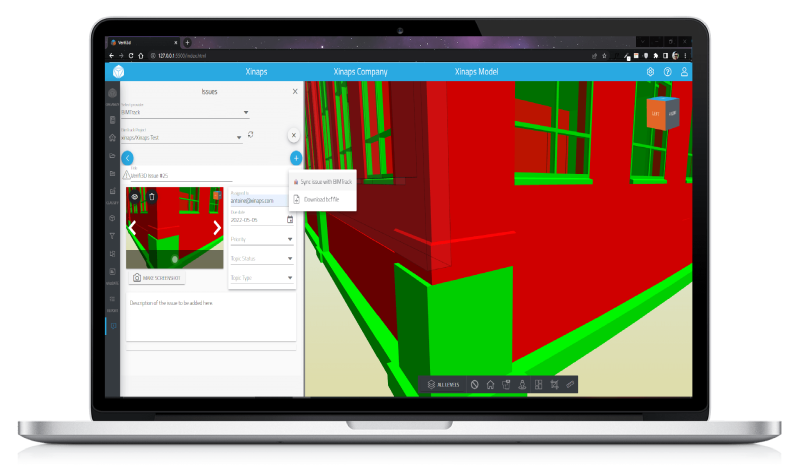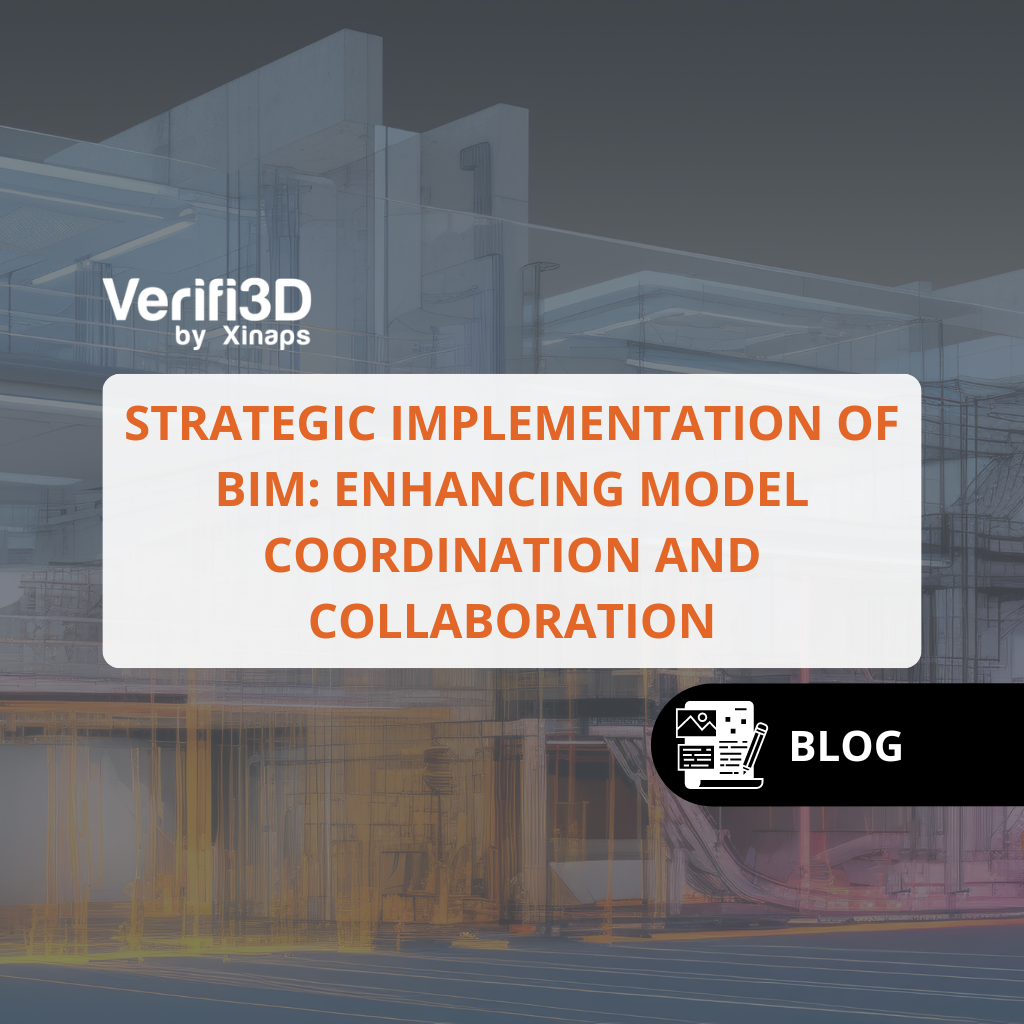
Automate clash checks
van Es architecten is a forward-thinking firm dedicated to translating client visions into tangible structures. With a focus on collaboration and leveraging cutting-edge technology, they ensure that every project reflects both functionality and aesthetics. van Es architecten recognized the importance of maintaining the integrity and quality of their building designs throughout the project lifecycle. Leveraging their innovative spirit, van Es architecten has embraced 3D modeling from the early days, utilizing ArchiCad. As a technologically advanced firm, they were proactive in seeking tools that would streamline their processes and enhance collaboration. Verifi3D emerged as the ideal solution due to its advanced features tailored to the specific needs of architectural design.
Seamless collaboration.
The building design teams leverage Verifi3D’s integration with SharePoint to establish a centralized solution for collaboration. This integration facilitates streamlined communication and sharing of building design files (.ifc) among team members, ensuring that everyone works with the latest building design data. By consolidating project information in one environment, they uphold building design consistency and data quality, mitigating the risk of discrepancies caused by disparate data sources.
Advanced rule-based engine.
The advanced rule-based engine of Verifi3D has proven indispensable for building design teams, as it automates clash checks through customizable templates, significantly reducing manual checks and building design errors. This not only enhances data quality but also contributes to sustainability efforts by optimizing resource utilization and minimizing rework.
Automation of checks.
Even though building design models are received from multiple sources with varying quality, Verifi3D supports standardizing building design data and ensures consistent data quality through automated model checking. This means teams have better control over the quality of models, further reducing mistakes and saving time and resources during checks.
Powerful visualization for enhanced data insights.
Early insights into designs and sustainability are a priority for the building designs teams and the powerful visualization offered by Verifi3D ensures designs meet the highest standards of quality and compliance throughout the design process. With easy access to Meta datasets in the Data Viewer, users can ensure data integrity and maintain version control, ultimately leading to higher-quality and compliant designs.

“Leveraging Verifi3D isn’t just about adopting new technology, it’s about embracing a mindset of continuous improvement. Through its integration into our design process, our teams can collaborate more effectively and make data-driven decisions with confidence!”
Director/Architect

Start Using Verifi3D For Free
Access all Verifi3D features for 14 days, then decide which plan best suits your business.
✓ No credit card required ✓ Online support ✓ Safe and secure
Trusted By














































